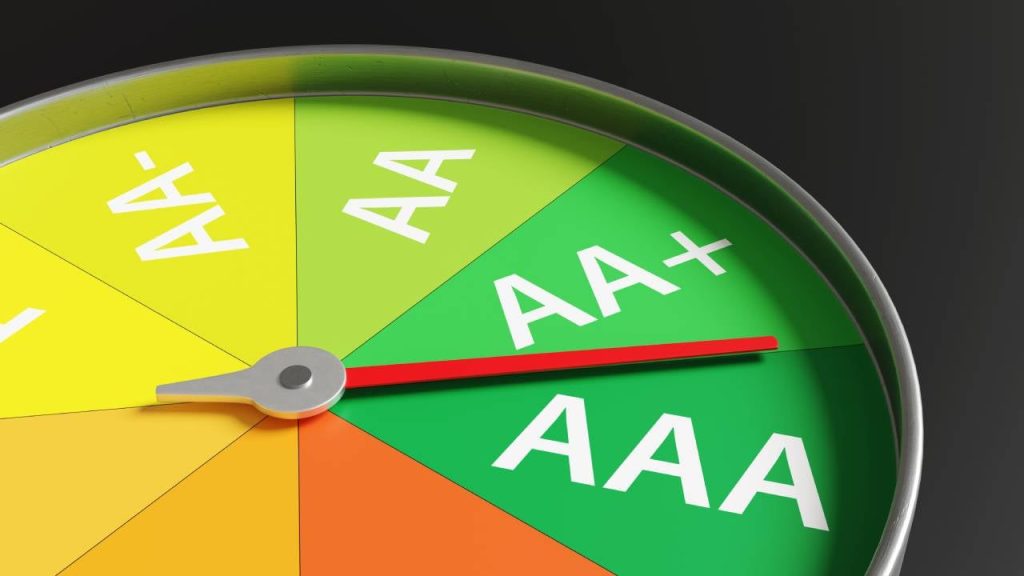Bonds are known for the role that they play in adding diversification to a portfolio. Their stable income stream and relatively conservative risk profile give investors some peace of mind when it comes to weathering the market’s ups and downs. But are all bonds low risk? And what risks are there to consider?
Here’s a look at some of the risks associated with bonds and why some are considered more safe than others.
What are bonds?
Bonds are a contract between an investor and whoever is issuing the bond — be it a company or government — where the issuer agrees to pay the investor a specified amount over a set period of time. When the bond reaches the end of that time period (known as maturity), the issuer returns the principal (initial amount invested) to the investor. Bonds are a form of debt security.
A bond’s periodic interest payment to the investor is called a coupon and typically doesn’t change over the course of the bond unless otherwise specified. There are two major types of bond payments: fixed and floating rate payments. Fixed payments are when the issuer agrees to pay a specified amount of interest to the investor. Floating rate payments adjust according to the current interest rate environment.
Bonds are not like stocks. With stocks, prices are driven in the long term by a company’s growth and profitability. Bond prices, on the other hand, are heavily influenced by the movement of interest rates. Monetary policy — specifically, actions by the Federal Reserve to tame inflation or spur economic growth — has a direct influence on interest rates and, therefore, bond prices. When interest rates rise, bond prices tend to fall and vice versa. When this happens — in either direction — the bondholder still only receives the fixed interest rate payment.
When the bond’s price goes up, its yield (the return on investment based on its current price) goes down. Similarly, if the bond’s price goes down, its yield goes up, even though the coupon payment stays the same.
Are some bonds safer than others?
Yes and no. The answer depends on each individual investor’s circumstances, financial goals and retirement plans. It also depends on the type of bond being issued and who is issuing it.
Here are four risk factors to consider when determining whether a bond is a safe investment for your portfolio, and which types of bonds are more likely to be affected by a given risk.
1. Default and credit risk
Credit risk refers to the overall risk associated with the institution issuing the bond. Credit risk encompasses a broad range of factors that might influence the issuer’s ability to pay the investor back. From economic conditions to poor financial health, there may be many reasons an issuer can’t pay back the principal. It’s important to check the issuer’s credit rating.
You can find credit ratings through agencies like Moody’s, S&P Global and Fitch. These agencies rate issuers from high-grade (low risk) to junk (high risk).
Default risk is specifically the possibility that the bond issuer may not be able to make the required interest payments or repay the principal. You can usually tell what the chance of default is by reviewing the credit rating, but sometimes financial analysts and investors use debt-to-equity ratios, cash flow metrics and interest cover metrics to determine what the default risk is associated with a bond.
Types of bonds more likely to be affected by default risk: Corporate bonds, high-yield bonds, some municipal bonds and asset-backed securities.
2. Inflation and interest rate risk
There’s also the risk that inflation will erode the purchasing power of a bond. Inflation decreases the value of future interest rate payments to the investor and the principal when the coupons are eventually paid out. This means the bondholder can buy less with the same amount of money they originally had.
When inflation rises, central banks respond by increasing interest rates. As a result, bond prices tend to fall. This is because new bonds are issued with higher interest payments, making them more attractive than existing bonds with lower interest rate payouts. Investors sell off the older bonds to buy the newer, higher-yielding bonds, which drives down the prices of the older bonds.
The reverse happens when interest rates fall. Older bonds that offer higher interest payments become more valuable because they provide better returns than newly issued bonds with lower interest rates. Investors are willing to pay more for these older bonds, driving up their prices.
Types of bonds more likely to be affected by interest rate risk: Long-term government bonds, corporate bonds, mortgage-backed securities, muni bonds and zero-coupon bonds.
3. Reinvestment risk
This is the risk that cash flows from bonds (like coupons payments or principal payments) will be reinvested at a lower interest rate than the bond provided originally. This can reduce the overall return on investment.
When interest rates decrease, reinvestment risk increases. Investors face the challenge of reinvesting their bond payments at lower yields, which can reduce overall returns.
Types of bonds more likely to be affected by reinvestment risk: Callable bonds, short-term bonds, zero-coupon bonds, mortgage-backed securities and asset-backed securities.
4. Liquidity risk
This is the risk you may face if you go to sell your bond, but can’t do so at fair, true market value. Less liquid bonds have to be sold at a discount because there aren’t as many buyers interested in it. In some situations, you may have to sell the bond for less than it’s actually worth.
Liquidity risk can happen for a number of reasons, including factors like low demand in the bond market, uncertain economic conditions, complexity of the bond and trading volume.
Types of bonds more likely to be affected by liquidity risk: High-yield bonds, muni bonds, some corporate bonds, mortgage-backed securities and asset-backed securities.
Bonds vs. bond funds: different types of risk
Investors have recently flocked to bond funds because they hold a variety of bonds with different maturities, giving investors some diversification. The various bonds can offset any major price changes that occur and help to reduce the overall volatility of the fund.
Investors have plowed more than $300 billion into taxable bond funds so far in 2024, with $33 billion invested in August alone, according to Morningstar. Bond funds are generally preferred by investors who are seeking diversification, professional management and easier access to liquidity. Bond funds offer the same level of liquidity as stocks, which essentially allows investors to buy and sell shares on any trading day rather than find a specific buyer who is willing to pay fair market price.
But that doesn’t mean bond funds don’t come with their own specific risks. These funds are also susceptible to interest rate fluctuations, but do not have a set maturity date, which may expose investors to continuous reinvestment risk. Management risk is also a factor to consider, given a fund’s performance depends on the investment decisions the fund manager is making.
In an environment where interest rates have decreased 50 basis points — and are likely to continue falling — investors’ preference for bond funds (despite the risks that come with them) could be due to the potential price appreciation the funds provide, their stable income, and the opportunity to lock in higher yields before new bonds are eventually issued at lower rates.
Bottom line
Though bonds are generally considered lower risk than stocks, they do come with their own risk set to consider. The type and severity depends on the institution issuing the bond and the type of bond. Ultimately, it’s an individual investor’s decision to determine whether those risks outweigh others when it comes to asset allocation within their portfolio.
Read the full article here









